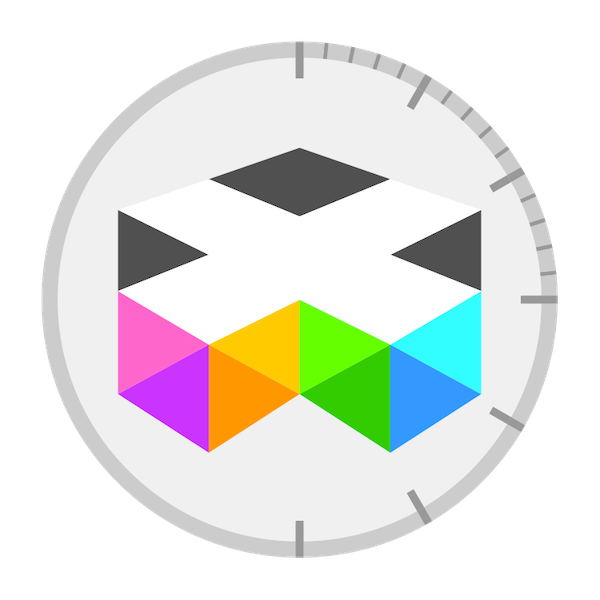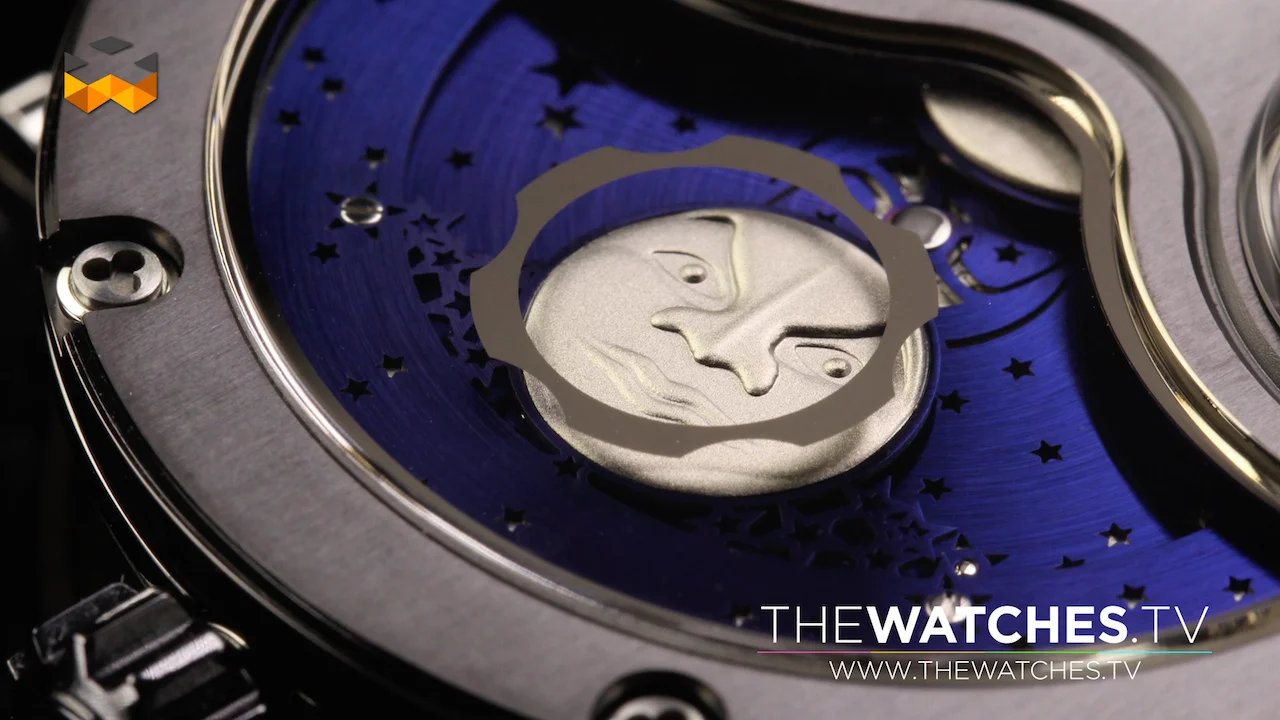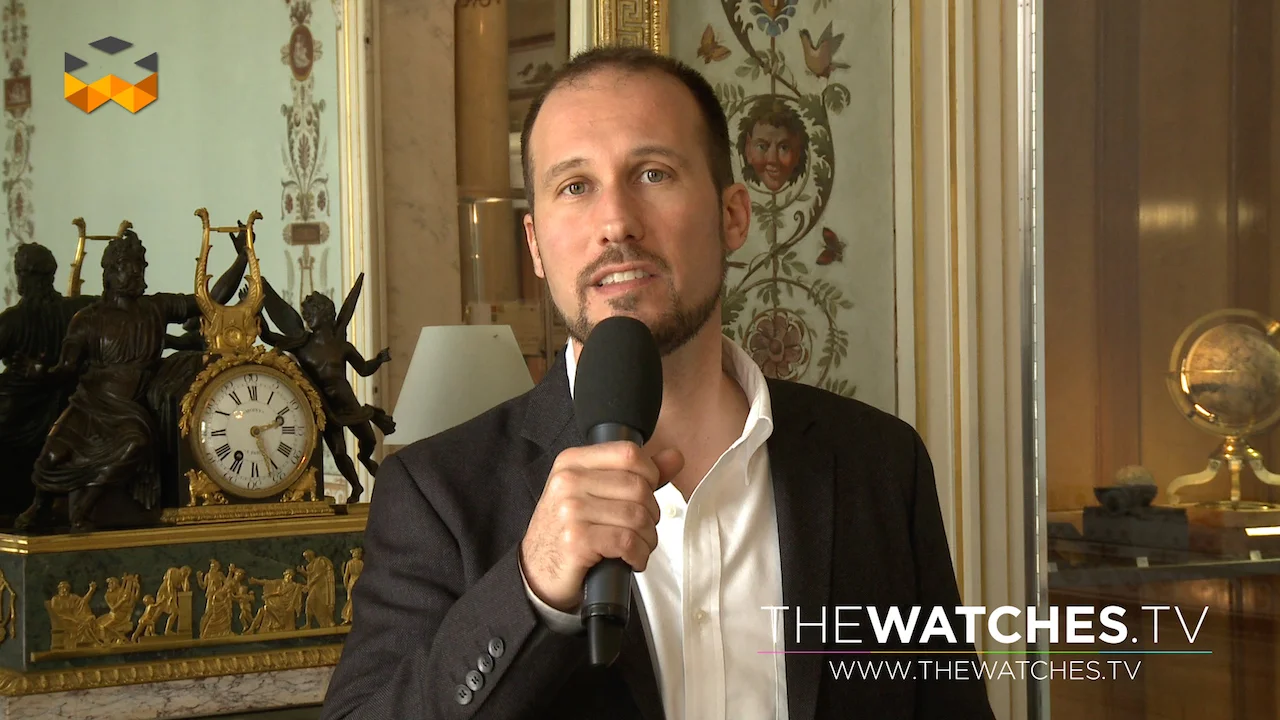Calendar Watches Saga 2 – The Basics Displays
Let's focus on the basic indication of a calendar watch. It starts with the most common one: the date, or in other words the number of the day in the month. You find it by default on many models in addition to the fundamentals hours, minutes and sometimes seconds. Then, other indications can be added starting with the day – Monday, Tuesday, etc. -, the month and finally the moon phase. A complete calendar describes a watch proposing all of these. They are then two ways to display these indications that are by hands or throughout a window in the dial. The goal here is to have the better legibility. Consequently, the more indications you have the more watchmakers try to combine both kinds of systems to avoid graphical confusion on the dial. In the past, they even developed a special kind of hand with a wavy shape. They are “serpentine” in French as they look like little snakes and were used only to display calendar indications in opposition to the straight hands related exclusively with the display of time. Of course, this was never a strict rule and actual watchmakers sometimes use serpentine hands to display time. Purists could say that they should instead integrate Renaissance hands known to be very ornamental, but also much more expensive to manufacture.
Brands such as Girard-Perregaux, A. Lange & Söhne and Audemars Piguet developed mechanisms called big date because they allow having bigger numbers visible throughout windows. In this case, the numbers are not printed on one single ring as on usual date system. The date is display by the interaction of two discs or one disc and a cross, printed from 0 to 9, or including also a white zone on one of them. They are positioned under the dial and powered by a dedicated system. Both move independently to compose each time the number.
Speaking about the moon phase in particular, it is somehow bizarre that it is considered as belonging to the calendar. Let’s remember here that the Gregorian calendar that is our reference is based on the rotation of the earth around the sun. It is a solar calendar. In opposition, other calendars exist that are based on the cycles of the moon. They are lunar calendars and if you want to know more about this I encourage you to watch the first episode this saga. Several reasons can explain it. A first one is that the moon influences strongly life on earth, starting with the tides. Some humans are also sensitive to the phases of the moon, being in particular more active and energized during full moon periods. But moon phases are mostly appreciated for the decorative touch they give to the dial. And some watchmakers like to design them in very creative way and even make a signature out of them such as Stepan Sarpaneva for instance. Out of the look, moon phases can also become technical challenges. Usually, the moon makes a full rotation in 29,5 days, which corresponds barely to the real time, which is of 29 days, 12 hours and 44 minutes or 29, 53 days. Consequently, watchmakers worked on developing super precise moon phases. And today, the most precise of them is the Sauterelle à lune perpétuelle that must be corrected after 2.045 years, approximately. To finish with the moon phases, brands developed spherical moons in order to make them look closer to the original satellite. De Bethune was one of the first to do so.
The calendar indications are constantly connected to the movement, in opposition to functions that work on demand as the chronograph or the minute repeater. For this reason, they are sensitive to set. For instance, you should never try to change them when the watch is set between 11pm and 1 am. At the day is changing at midnight the mechanism is generally already into the process of switching to the next day and intervening in it could break parts. In the same idea, most of the ancient, and even current, calendars can be set only forward, which can be quite annoying sometimes. And you must also respect a certain order in the process of settings the function like with the perpetual calendar for instance. By chance brands are making efforts to secure the mechanisms to make settings possible at all times and in both directions. Still about the settings, let’s consider that usually, the crown can control the date, the day and the moon phase. But when what correctors are necessary when there are additional functions such as the month. Correctors are tiny pushers integrated into the case and you need a peak to push them. Some brands worked out alternative and practical systems such as the under-lug correctors created by Blancpain. Their name tells it, they are located under the lugs and can be manipulated with a nail only.
And let’s finish this episode by saying that usual calendar functions are great animations on a dial for a, generally, acceptable price.












